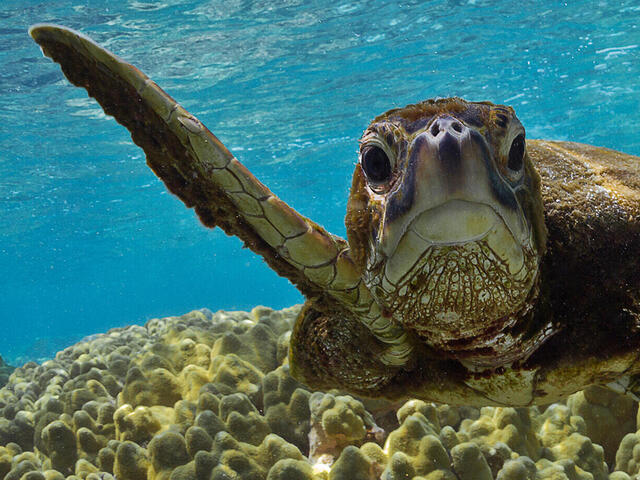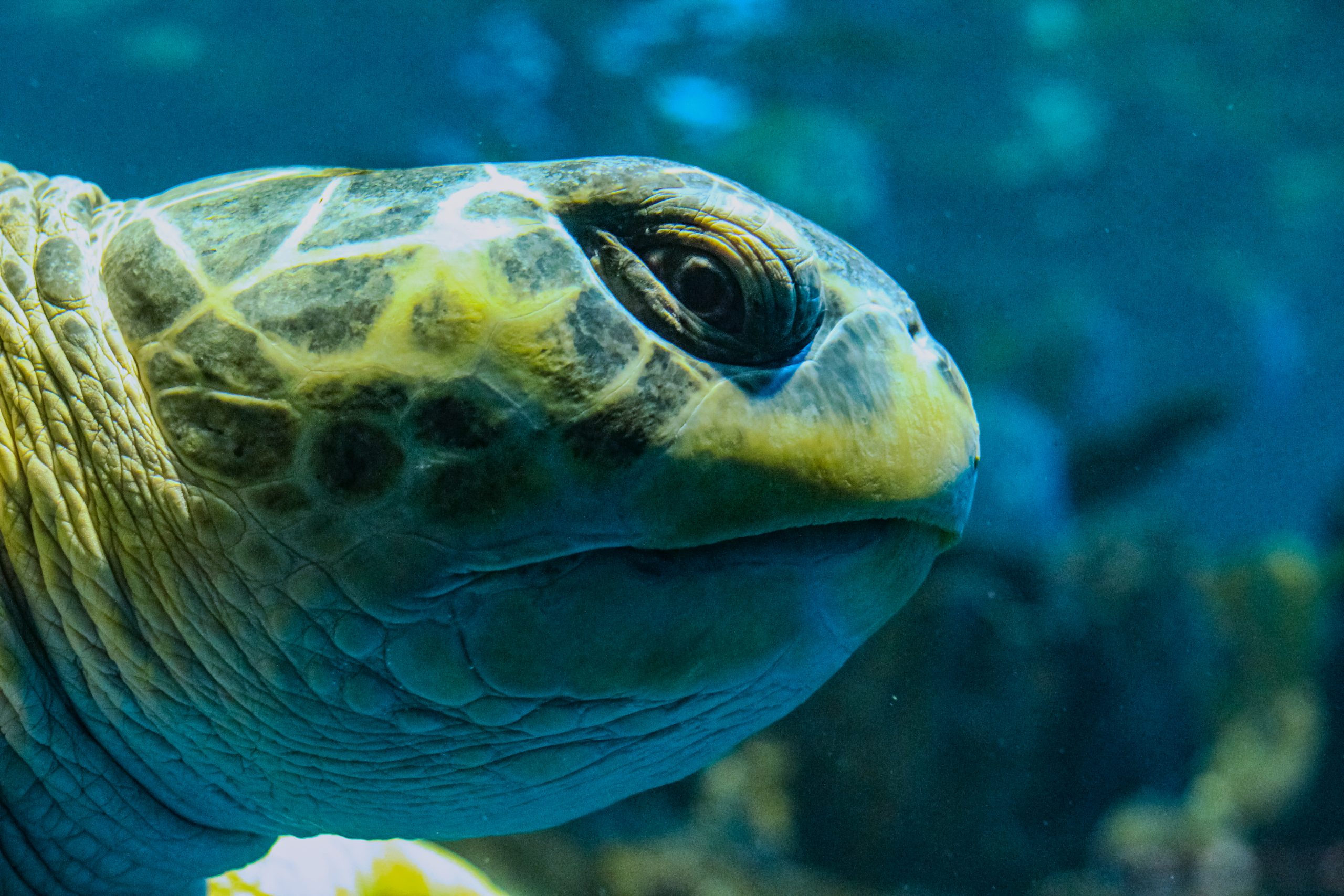Turtles age differently than humans. Turtles can live for over 100 years, while the average human lifespan is around 80 years.
Turtles are fascinating creatures that have been around for millions of years. They are known for their long lifespan, with some species living for over a century. This is because turtles have a slow metabolism and a low heart rate, which allows them to conserve energy and live longer.
In comparison, humans have a higher metabolism and a faster heart rate, which means we use more energy and have a shorter lifespan. While both turtles and humans age, the process looks very different. Turtles don’t show visible signs of aging until very late in life, while humans start to show signs of aging in their 30s and 40s. We will explore the fascinating world of turtle aging and compare it to our own.
Life Span
Turtles are known for their remarkable longevity, and their life span often raises curiosity about how it compares to that of humans. Understanding the life span of turtles in comparison to humans can provide valuable insights into the aging process of these fascinating creatures.
Comparison Of Life Expectancy
When comparing the life span of turtles to humans, it’s essential to recognize the significant differences in longevity. Turtles have the remarkable ability to live for several decades, with some species even surpassing a century in age. In contrast, the average human life span is considerably shorter, typically ranging from 70 to 85 years.
Life Span Of Different Turtle Species
| Turtle Species | Life Span |
|---|---|
| Galapagos Giant Tortoise | 100-150 years |
| Green Sea Turtle | 80-100 years |
| Box Turtle | 30-50 years |
Each species of turtle exhibits its own unique life span, with some living much longer than others. The Galapagos Giant Tortoise, for instance, is renowned for its exceptional longevity, often reaching ages of 100 to 150 years. On the other hand, the Box Turtle typically has a shorter life span, averaging between 30 to 50 years.
Understanding the life span of turtles in comparison to humans offers valuable insights into the remarkable longevity of these captivating creatures. By recognizing the differences in life expectancy between turtles and humans, we gain a deeper appreciation for the unique aging process of these ancient reptiles.
Physical Changes
When it comes to aging, humans and turtles have distinct physical changes that occur as they get older. Understanding these differences can provide insight into the aging process and help us appreciate the unique characteristics of both species.
External Aging Signs
Turtles: As turtles age, their shells may show signs of wear and tear, becoming more worn and uneven. Additionally, their skin may develop wrinkles and folds, especially around the neck and limbs.
Humans: In contrast, humans typically experience visible signs of aging such as wrinkles, graying hair, and sagging skin as they grow older.
Internal Aging Differences
Turtles: Internally, turtles experience a gradual decline in organ function as they age, similar to humans. However, their slower metabolism and unique physiology contribute to a longer lifespan compared to many other species.
Humans: Internal aging in humans involves a range of changes, including decreased bone density, reduced muscle mass, and changes in hormone levels, impacting overall health and vitality.
Factors Influencing Aging
The aging process in turtles, compared to humans, is influenced by various factors. Understanding these factors can provide insights into the longevity and aging patterns of turtles in comparison to humans.
Environmental Impact
The environment plays a crucial role in the aging process of turtles. Temperature, habitat, and availability of resources can significantly impact their lifespan. For example, turtles living in polluted or degraded habitats may experience accelerated aging due to exposure to harmful substances.
Genetic Factors
Turtles, like humans, inherit genetic traits that can affect their aging process. Genetic diversity within turtle populations can influence their ability to adapt to changing environments and resist age-related diseases. Certain genetic variations may also contribute to increased longevity in specific turtle species.
Credit: www.eurekalert.org
Longevity Studies
Longevity Studies: Understanding how turtles age compared to humans is a fascinating area of study. Longevity studies provide valuable insights into the aging processes of both species.
Research On Aging In Turtles
Research on aging in turtles focuses on their remarkable ability to live long lives. Scientists study factors such as metabolic rate and genetic influences on turtle aging.
Human Aging Research
Human aging research delves into the complex mechanisms that determine our lifespan. It explores lifestyle factors, genetics, and environmental influences on human longevity.
Cognitive Aging
Turtles and humans age differently due to variations in cognitive aging. While humans may experience decline in memory and cognitive functions as they age, turtles exhibit minimal cognitive decline throughout their lifespan. This divergence in cognitive aging processes highlights the intriguing differences between the two species.
Cognitive Decline In Turtles Vs. Humans
Turtles and humans both experience cognitive decline as they age.
Cognitive Aging In Turtles:
Turtles show slower cognitive decline compared to humans.
Cognitive Aging In Humans:
Humans tend to experience faster cognitive decline with age.

Credit: sitn.hms.harvard.edu
Implications
Turtles age differently compared to humans, with implications for their longevity and life cycle. Their slow metabolism and ability to regenerate cells contribute to their long lifespan, while humans age at a faster rate due to various biological and environmental factors.
Understanding these differences can provide insights into aging and longevity research.
Understanding Aging Across Species
When we compare the aging process of turtles to humans, it’s crucial to understand the implications of these differences. Turtles have a remarkable ability to age gracefully, with some species living for several decades or even centuries. This unique aging process has significant implications for our understanding of longevity and the biological mechanisms that influence aging in different species.
Understanding how turtles age compared to humans has important implications for various aspects of biology and medicine. Let’s explore some of these implications in more detail:
- Longevity Research: Studying the longevity of turtles can provide valuable insights into the genetic and environmental factors that contribute to extended lifespan. This research could potentially lead to advancements in human longevity studies.
- Biological Aging Processes: By comparing the aging processes of turtles and humans, scientists can gain a deeper understanding of the fundamental biological mechanisms that influence aging. This knowledge may lead to the development of interventions to slow down aging in humans.
- Conservation Efforts: Understanding the aging patterns of turtles can aid in conservation efforts for these species. By recognizing their longevity and aging patterns, conservationists can implement strategies to protect and preserve turtle populations for future generations.

Credit: www.worldwildlife.org
Conclusion
As we’ve explored turtle and human aging, it’s evident they differ significantly. Understanding these distinctions sheds light on the diverse ways life evolves in the animal kingdom. Embracing these differences can deepen our appreciation for the beauty of nature and the uniqueness of each species.
Let’s continue learning about the fascinating world around us.






Leave a Reply